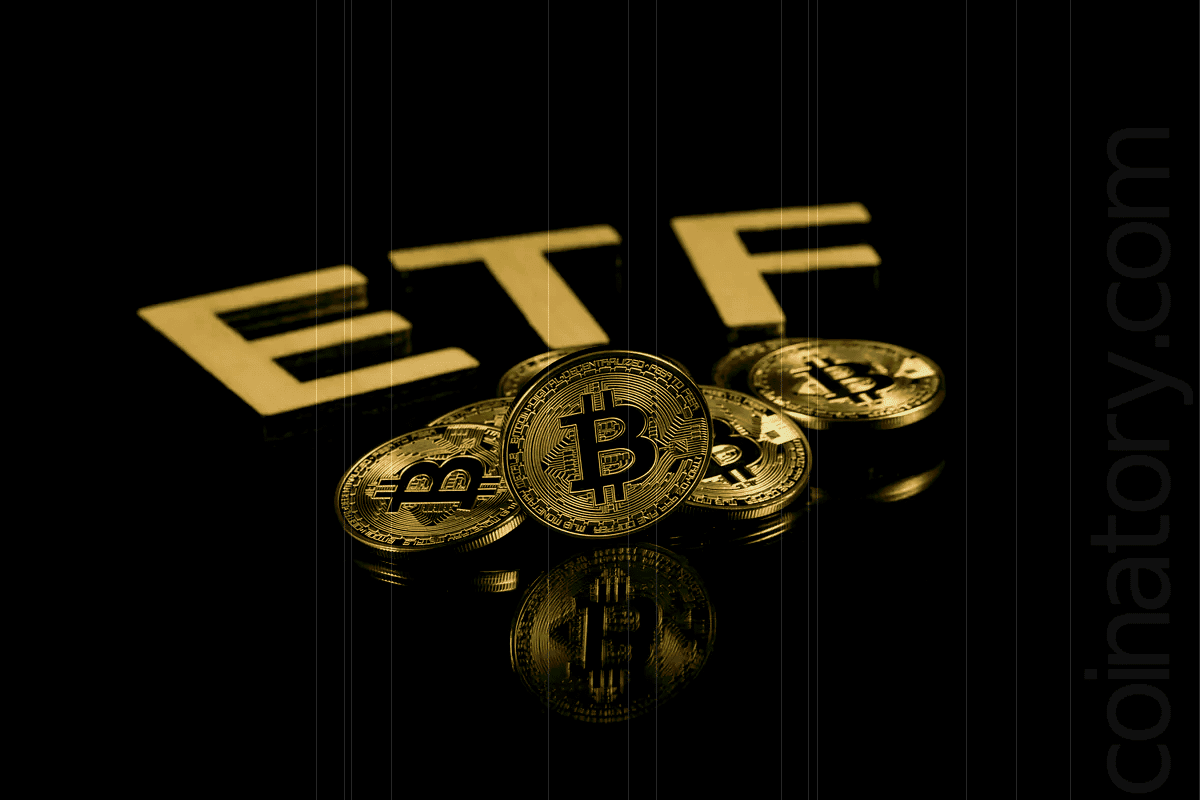
Over $1 billion in net inflows on Thursday and Friday, the first back-to-back billion-dollar inflows since their January 2024 inception, have set a new record for U.S.-listed spot Bitcoin ETFs. Data from Farside Investors shows that after $1.17 billion on Thursday, $1.03 billion entered the 11-spot Bitcoin ETFs on Friday.
Only the $1.37 billion inflow on November 7, 2024, which coincided with Donald Trump’s victory in the U.S. presidential election, has surpassed the $1.17 billion inflow as the second-largest day inflow since the beginning.
Nate Geraci, president of NovaDius Wealth Management, pointed out that since the ETFs’ debut, there have only been seven instances of billion-dollar inflow days. The latest one was in mid-January, and two of those happened in the last 48 hours.
According to ETF researcher Eric Balchunas, the ETFs had inflows of $2.72 billion over the course of the week, bringing their total assets under management over $140 billion for the first time. The “heavy lifting” was largely done by recent spikes in the price of Bitcoin, he said, as spot prices hit an all-time high of $112,000 on Wednesday and then rose to $118,780 on Friday.
In just 374 days, BlackRock’s spot Bitcoin ETF (IBIT) became the fastest ETF in history to reach $80 billion in AUM. Additionally, according to Balchunas, IBIT now brings in more money annually than BlackRock’s flagship iShares Core S&P 500 ETF. This is a significant change that reflects Bitcoin’s increasing importance in institutional portfolios.
Spot Bitcoin ETFs bought about 10,000 BTC on Thursday, which is more than 22 times the quantity of fresh Bitcoin created that day, according to Bitwise CIO Matt Hougan. Jan3 CEO Samson Mow called the current imbalance “unsustainable” at current levels and cautioned that such persistent demand could put upward pressure on Bitcoin prices.
The extraordinary spike in ETF flows confirms Bitcoin’s position as a maturing financial instrument in the U.S. capital markets and indicates increased investor interest in the cryptocurrency as a macro asset.







